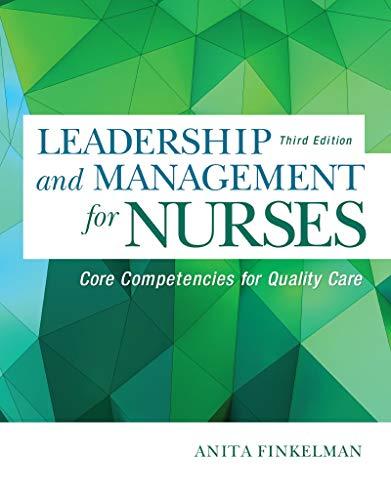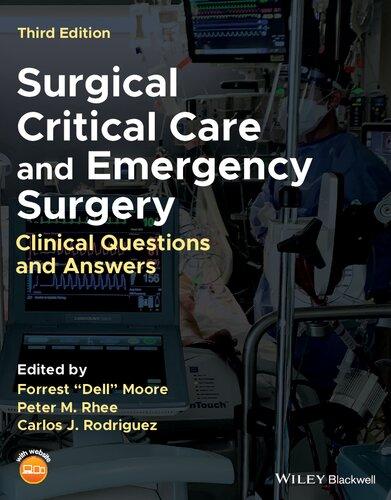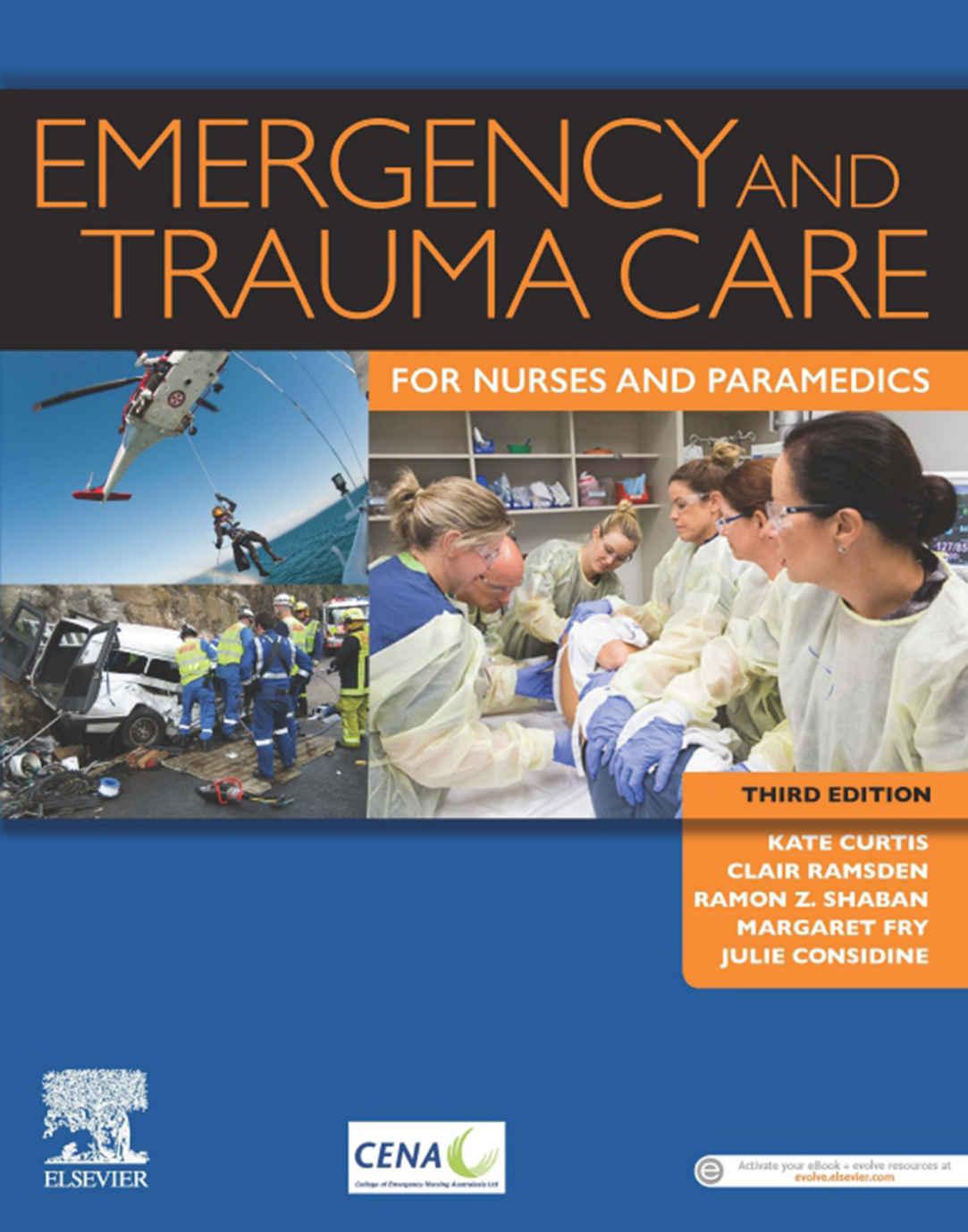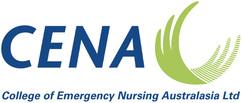Emergency and Trauma Care for Nurses and Paramedics
3E
Kate Curtis
RN, GradDipCritCare, MNurs(Hons), PhD, FCENA
Professor Emergency and Trauma Care, University of Sydney, NSW, Australia
Clinical Nurse Consultant Emergency, Illawarra Shoalhaven Local Health District, Illawarra Health and Medical Research Institute, NSW, Australia
Honorary Professor, Faculty of Science, Medicine and Health, University of Wollongong, NSW, Australia
Honorary Professorial Fellow, The George Institute for Global Health, Sydney, NSW, Australia
Clair Ramsden
RN, GradCertCardiol, MHealthcareEthics, MHlthServMgt
Associate Professor, University of Technology Sydney, NSW, Australia
Executive Director Operations, Nepean Blue Mountains Local Health District, NSW, Australia
Ramon Z. Shaban
RN, CICP-E, BSc(Med), BN, GradCertInfCon, PGDipPH&TM, MEd, MCommHealthPrac(Hons), PhD, FCENA, FACN
Professor and Clinical Chair of Infection Prevention and Disease Control, Susan Wakil School of Nursing and Midwifery and Marie Bashir Institute for Infectious Diseases and Biosecurity, University of Sydney, NSW, Australia
Department of Infectious Diseases and Infection Control & Nursing, Midwifery and Clinical Governance Directorate, Western Sydney Local Health District, NSW, Australia
Editor-in-Chief, Australasian Emergency Care, College of Emergency Nursing Australia, NSW, Australia
Margaret Fry
RN, NP, BSc(Nurs), MEd, PhD, FCENA
Professor of Nursing, University of Technology Sydney, Sydney, NSW, Australia
Director Research and Practice Development
Northern Sydney Local Health District Nursing and Midwifery
Directorate, Sydney NSW, Australia
Adjunct Professor, University of Sydney, Sydney, NSW, Australia
Julie Considine
RN, RM, GDipNurs(AcuteCare), GradCertHEd, MNurs, PhD, FACN, FCENA
Professor of Nursing, Deakin University – Eastern Health, Burwood, Victoria, Australia
Senior Editor, Australasian Emergency Care, College of Emergency Nursing Australasia, NSW, Australia
Director, Centre for Quality and Patient Safety Research – Eastern Health Partnership, Box Hill, Victoria, Australia
Endorsed by the College of Emergency Nursing Australasia (CENA)
CENA is the peak professional association representing emergency nurses across Australasia.
Table of Contents
Cover image
Title Page
Copyright
Foreword
Preface
Acknowledgments
Contributors
Reviewers
Section 1 Foundations of Emergency Care
Introduction
Chapter 1 Emergency nursing in Australia and New Zealand
Emergency nursing
Emergency departments
Emergency service (re-)design of models of care
Australasian nurse competency standards
Development of emergency nursing professional bodies
Emergency nurse specialisation
Clinical roles
Leadership and management
Professional development
Summary
Useful websites
References
Chapter 2 Paramedicine in Australia and New Zealand
Historical overview of paramedicine by jurisdiction
Evolutions in pre-hospital care
Air ambulance services
Role of volunteers in pre-hospital care
Current status of paramedicine
Regulation of paramedicine
The future of paramedicine
Summary
Useful websites
References
Chapter 3 Clinical ethics for emergency healthcare
Ethics: an ancient and evolving field
The ethical framework of emergency healthcare: our moral commitments and obligations
Ethical decision-making
Sequelae Another key value: taking care of yourself
Summary
References
Chapter 4 Emergency care and the law
What is the law?
Different types of laws
Professional competency and patient safety
The Coroner's Court
Investigations and court
Child Protection Act and mandatory reporting
Documentation
Confidentiality
Privacy
Assault and consent
Who may give consent when the patient can not
Advance care directive
Palliative care
Medicines
Mental health and involuntary detention
Restraint
Negligence
Nurse practitioner responsibilities
Summary
References
Chapter 5 Cultural considerations in emergency care
Culture and what it means for healthcare workers
What does the word ‘culture’ describe?
Understanding the health–illness experience from the patient's perspective
Matters specific to Australia
Matters specific to New Zealand–Aotearoa
Summary
Useful websites
References
Chapter 6 Patient safety and quality in emergency care
Safety and quality frameworks
Outcomes
Structure of the ED
Emergency care processes
Summary
Useful websites
References
Chapter 7 Research for emergency care
Evidence-based practice
Research and the process
Method
Data analysis
Ethical considerations in research
Results, conclusions and recommendations
Dissemination and translation of research findings
Research priorities for emergency care
Summary
References
Chapter 8 Patient and carer engagement and communication
Health literacy
Effective patient communication
Targeting patient education about medication adherence
Health promotion activities and disease prevention strategies
Verbal patient education and communication
Written patient information
Developing written patient information
Summary
Useful websites
References
Section 2 Clinical Concepts and Systems
Introduction
Chapter 9 Scene assessment, management and rescue
Safety first—keeping you and the patient safe
Scene management priorities why an organised scene is
priceless
Scene assessment
Scene access
Patient extrication
Scene egress
Management of specific hazards
Summary
Useful websites
References
Chapter 10 Physiology and pathophysiology for emergency care
Homeostasis
Oxygen transport
Carbon dioxide transport
Oxygen therapy
Homeostatic temperature control
Fluid and electrolyte balance in homeostasis
Nervous system functions Fright, fight and flight, or Rest and digest
Capillaries and nutritive blood flow
Cellular metabolism
Cell protection: the blood–brain barrier
Shock
Unique population groups
Summary
References
Chapter 11 Clinical reasoning, problem-solving and triage
Clinical reasoning for quality emergency care
Theoretical considerations
Triage
Triage decision-making tools
Triage nurse decision-making
Triage nurse education
Triage documentation and legal aspects
Paramedic applications: patterns and protocols and triage for problem-solving
Special conditions
Communicating for patient safety
Summary
Useful websites
References
Chapter 12 Major incident preparedness and management
What is a mass-casualty incident?
Government planning for mass-casualty incidents
The challenge for paramedics and other healthcare providers
Risk analysis in planning by hospitals
The pre-hospital phase
Hospital phase
Debriefing
Chemical–biological–radiological MCIs
Likelihood of a CBR attack
CBR agents and their effects
Pre-hospital management of a CBR MCI
Personal protective equipment
Bioethical implications in triage
Awareness training and education
Summary
Useful websites
References
Chapter 13 Patient assessment and essentials of care
The assessment process
The primary survey
Assessment (clinical examination)
Head-to-toe assessment
Special considerations
Communication
Essentials of care
Caring
Personal hygiene and preventing complications
Prevention of deconditioning
Nutrition
Elimination
Summary
Useful websites
References
Chapter 14 Resuscitation
Identification of and response to the deteriorating patient
Basic life support
Advanced life support
Care of families and family presence during resuscitation
Summary
Useful websites
References
Chapter 15 Stabilisation and transfer
Intra- and inter-facility patient transport
Types of transport
Clinical coordination and communication
Team preparation
Principles of transport
Monitoring and equipment
Stressors of transport
Debrief and post-mission review
Psychological considerations
Summary
Useful websites
References
Chapter 16 Clinical skills
Airway management
Capnography/end-tidal carbon dioxide monitoring
Cervical spine immobilisation
Suctioning techniques
Arterial blood gases
Blood glucose level sampling
Underwater-seal drains
Respiratory function testing
Cardiac monitoring
Temporary cardiac pacing
Vascular access
Haemodynamic monitoring
Central venous catheters
Soft tissue injuries
Casts
Splinting
Crutches and walking sticks
Regional anaesthesia and nerve blocks
Removal of objects
Wound closure
Eye emergencies
Summary
Acknowledgement
Useful websites
References
Chapter 17 Minor injury and management
Pre-hospital care
Initial assessment
Practical care
Hospital/health facility care
A systematic approach to injury assessment
Injuries around the shoulder
Injuries to the elbow, forearm and wrist
Injuries of the hand and digits
Injuries around the knee
The lower leg, ankle and foot
Injuries of the skin: wounds
Summary
References
Chapter 18 Pain management
Definition of pain
Anatomy and physiology of pain
Pathophysiology
Patient assessment
Management
Anaesthesia
Summary
Useful websites
References
Chapter 19 Organ and tissue donation
Donation and transplantation in Australia and New Zealand
Pathways of donation
The procurement process
Donor family care
Summary
Useful websites
References
Chapter 20 End of life
Cultural considerations
Palliative care
Advance care planning
Sudden and unexpected death
Sudden death of a child
Family presence during resuscitation
Care of a deceased patient
Post-mortem examination
Mass casualty incidents
Staff support
Summary
Useful websites
References
Section 3 Emergencies
Introduction
Chapter 21 Respiratory emergencies
Respiratory failure
Respiratory assessment
Emergency care considerations for respiratory issues
Support of respiratory function
Non-invasive ventilation
Invasive mechanical ventilation
Acute pulmonary oedema
Asthma
Chronic obstructive pulmonary disease
Pneumonia
Pulmonary emboli
Respiratory outpatient care programs
Inhalation injuries
Summary
Acknowledgement
Useful websites
References
Chapter 22 Cardiovascular emergencies
Anatomy and physiology
Electrocardiogram interpretation
Cardiac assessment
Acute chest pain
Acute coronary syndromes
Cardiogenic shock
Percutaneous coronary intervention
Pharmacological management
Cardiac dysrhythmias
Cardiac pacing
Chronic heart failure
Acute pericarditis
Aortic aneurysm
Aortic dissection
Hypertensive emergencies
Summary
Useful websites
References
Chapter 23 Neurological emergencies
Anatomy and physiology of the nervous system
Divisions of the nervous system
Assessment of the patient with altered consciousness
Investigations
Delirium
Transient ischaemic attacks
Vertebrobasilar attacks
Stroke
Seizures
Headache
Inflammatory brain conditions
Summary
Useful websites
References
Chapter 24 Gastrointestinal emergencies
Anatomy and physiology
General assessment
Upper gastrointestinal emergencies
Lower gastrointestinal emergencies
Summary
Websites
References
Chapter 25 Renal and genitourinary emergencies
Anatomy and physiology
Patient assessment
Physical assessment
Specific conditions
Summary
Useful websites
References
Chapter 26 Endocrine emergencies
Anatomy and physiology
Diabetes
Hyperglycaemic, hyperosmolar syndrome
Adrenal insufficiency
Acute pituitary apoplexy
Thyroid storm
Myxoedema coma
Cushing's syndrome
Summary
Useful websites
References
Chapter 27 Healthcare-associated infections and infectious diseases
Healthcare-associated infection and infectious disease in emergency care
Overview of infection and infectious disease
Breaking the chain—preventing infection
Specific challenges for infection prevention in emergency care
Summary
References
Chapter 28 Environmental emergencies
Temperature-related emergencies
Heat-related emergencies
Cold-related emergencies
Drowning
Atmospheric-pressure-related emergencies
Diving emergencies
Envenomations
Antivenom
Snakebite
Snakes
Spiders
Other terrestrial envenomations
Marine envenomations
Summary
Useful websites
References















